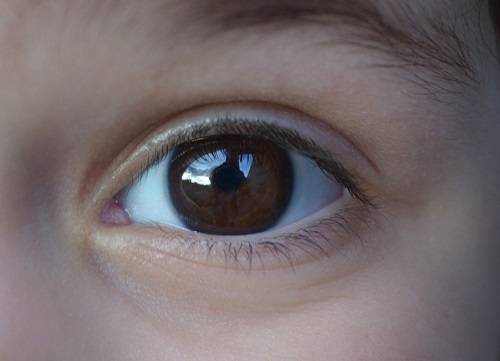Newborns are delicate and adorable creatures, their tiny features awe-inspiring. And all Praise be to Our God for this!
However, parents may also encounter certain common concerns with their newborns, such as goopy or sticky eyes, which can be quite distressing. But fret not, as this is a relatively common occurrence in the early days of a baby’s life.
What are Goopy Eyes in Newborns?
Goopy eyes, also known as sticky eyes, occur when a newborn’s eyes become watery, sticky, or crusty. This can lead to the formation of yellowish or greenish discharge around the eye area. While it may seem alarming, rest assured that goopy eyes are typically harmless and often resolve on their own within a few weeks.

Causes of Goopy Eyes
There are several factors that can contribute to goopy eyes in newborns. One of the most common causes is blocked tear ducts. Tear ducts are responsible for draining excess tears from the eyes. In some newborns, these ducts may not be fully developed or might become clogged, leading to the accumulation of fluids around the eyes.
Another possible cause of goopy eyes is a mild eye infection, which can occur as a result of bacteria entering the eye during delivery or from exposure to various external irritants. It’s important to note that these infections are usually not serious and can be easily treated with proper care and attention.
Managing Goopy Eyes
While goopy eyes may not be a cause for immediate concern, it’s essential to address the issue to prevent any discomfort for your little one. Here are a few simple steps you can take to manage goopy eyes in newborns:
- Keep the eyes clean: Gently wipe away any discharge or crusted matter around the eye area using a clean, soft cloth or cotton ball soaked in warm water. Remember to use a fresh cloth for each eye to avoid spreading any potential infection.
- Apply gentle pressure: Using clean hands, gently apply slight pressure to your baby’s tear ducts, which are located in the inner corner of each eye. This can help to clear any blockages and promote proper drainage.
- Maintain proper hygiene: Ensure your hands are clean before tending to your baby’s eyes, as this can prevent the introduction of harmful bacteria. Additionally, avoid using any products or remedies not recommended by a healthcare professional.
- Observe and consult: Keep a close eye on your baby’s condition. If the goopy eyes persist, worsen, or are accompanied by other worrisome symptoms such as excessive redness, swelling, or fever, it’s crucial to consult your healthcare provider for further evaluation and guidance.
When to Seek Medical Guidance
While goopy eyes are typically harmless and resolve on their own, there are instances where medical attention is necessary. Contact your healthcare provider if:
- The goopy eyes are severe or accompanied by other concerning symptoms.
- The discharge is thick, yellow, or green in color.
- Your baby appears to be in pain or discomfort.
Remember, Patience is Key
It’s important to remember that goopy eyes in newborns are usually temporary and self-resolving. With proper care and attention, your little one’s eyes should clear up within a few weeks. However, each baby is unique, so if you have any concerns, do not hesitate to reach out to your healthcare provider for reassurance and guidance.
Above all, shower your little one with love and care as you navigate these precious early days together!





